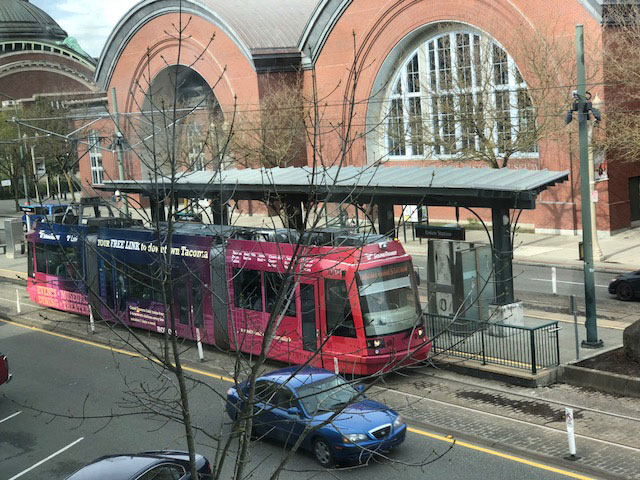By Morf Morford
Tacoma Daily Index
Pierce County is a unique place. Every city or county is unique, of course, but when it comes to Pierce County, let me count the ways….
WorkForce Central has pulled together – and sifted out – Pierce County specific data in an appealing and comprehensive manner which clarifies and confirms what most of us already know.
For example, you probably knew that JBLM is the largest employer in Pierce County. But did you know that veterans and active members of the Armed Forces comprise more of the labor force in Pierce County than anywhere else in the state or the entire nation?
Did you know that the average commute of a Pierce County resident is slightly over an hour a day? That adds up to about five hours a week, or about twenty hours a month: almost a full 24 hour day each month dedicated to commuting. I hope you make good use of that time.


Over 100,000 of us go to King County each day (almost 40,000 King County residents commute to Pierce County each day).
Almost 10,000 Pierce County residents commute to Snohomish County each day – and that means they go through King County to get there).
And over 1,000 commute to Yakima County each day.
About 160,000 of us live AND work in Pierce County. Even those of us who live and work in Pierce County might forget (or under-estimate) the vast expanse of Pierce County. If you drive from Eatonville or Roy to Tacoma, or Bonney Lake to University Place (even without traffic) you might think of it as a long drive – because it is.
A purely in-county commute could easily take an hour (or more) each day.
Pierce County is about 2,000 square miles (1,806 to be exact) and, according to the latest census (2010), is the second most populated county in the state (second only to King County).
We all know, usually from personal experience, that traffic is a problem, and I think we all know that it will only become worse.
Education, we all know, makes a huge difference for an individual as well as a community. There is a direct correlation between level of education and income. But did you know that there is an even greater correlation between education and employment stability?
Those with higher level skills also recover far more quickly from economic downturns.
Demographics play a huge role in any economy, but in Pierce County the age, gender and ethnic dynamics are a continual challenge.


Among other things, Pierce County, like the rest of the country, is facing what is called a “retirement cliff.”
Nationwide, 10,000 people are retiring every day. In Pierce County, the vast majority of those retiring have a military background – and most of them have established roots here and intend to stay. Many of them will continue to work on a part time basis.
In the face of that many people leaving the workforce, the job search must become more flexible and efficient.
Non-traditional workers – and work schedules – are rapidly becoming the norm.
More women in the workplace will certainly be the new normal.
Rules, guidelines and expectations will have to change.
Pierce County has a slightly higher percentage of young people (under 35) than the state or the rest of the country.
This generation has entirely different expectations when it comes to work. One aspect is that few workers under 35 hold much loyalty to their employers. They know, at a more visceral level than most workers a generation (or more) ago, that any given employer, or even industry may not exist five years – or even one year – from now.
Pensions and retirement plans barely exist and self-preservation – for employee and employer – has become the primary directive of the current workplace environment.
Many young people I know consider themselves something like self-employed even though they may have multiple employers (often at the same time). The “gig economy” is the (relatively) new standard. Everyone seems to have a “side-hustle” and the entire idea of a free-floating, improvisational career journey is a mainstay of many economic and business journals.
The career trajectory – and how we get there – either by traditional work history or by literal vehicle is not what it used to be. To put it mildly, this is not your fathers’ career track.
Juggling work, family and a commute is just part of the process. What ever else this generation (those under 40) will do – they will definitely do it their own way.
I’ve never liked the term “career path”- it implies a well-worn trail that many have walked before. This was never true for me and it is certainly not true for workers of the future – if not now.
If young people know one thing about work, it is that each one will make his or her own way. And there won’t be any trail – ahead or behind.
To put it mildly, what has worked before, (if it ever did) will not work in the future.
Growing population, shifting economic trends and constantly changing technology will demand that we come up with different approaches to work and transportation in and around Pierce County.








